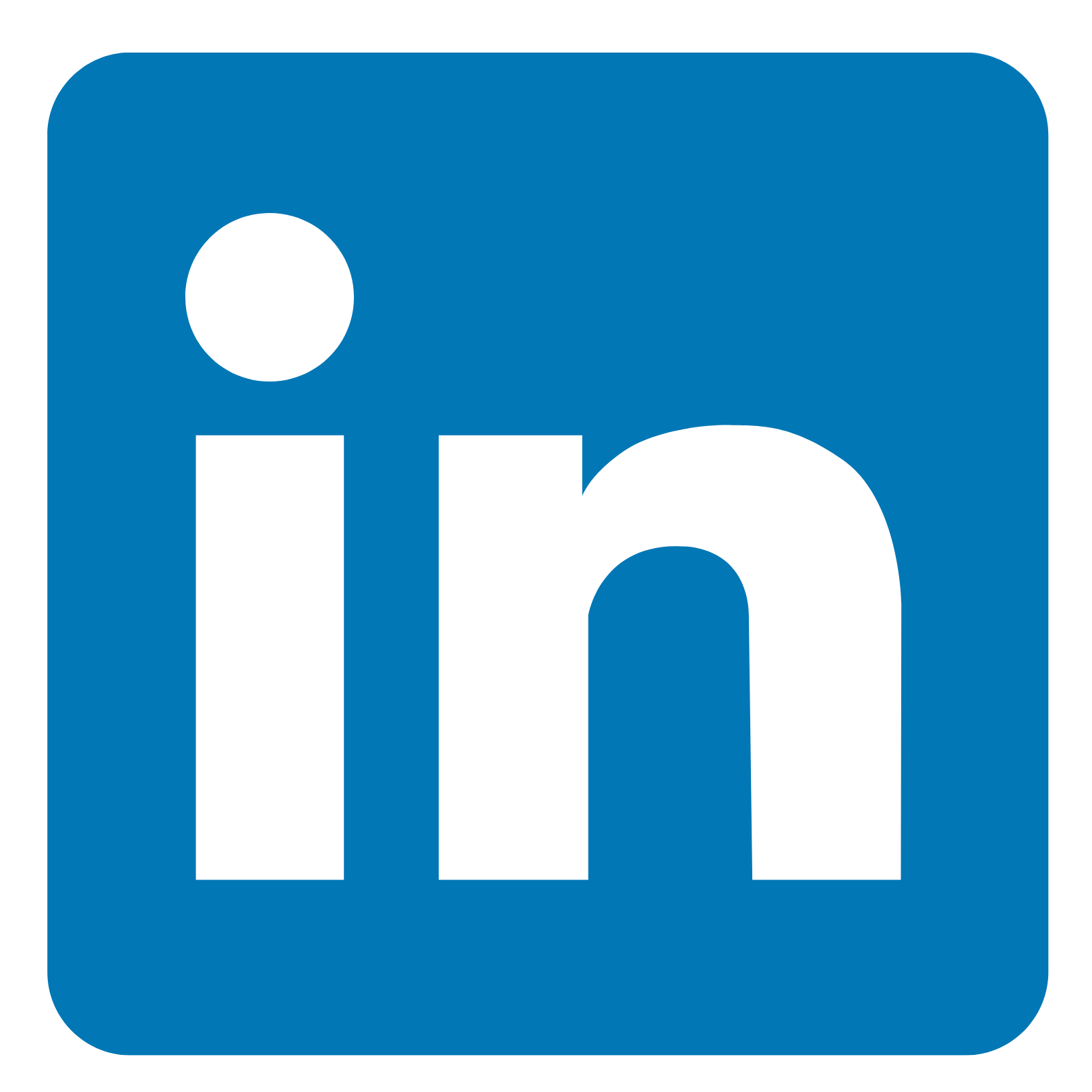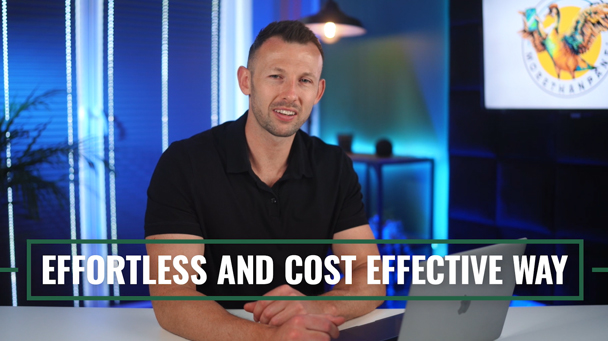Linkedin Engagement Calculator

LinkedIn Engagement Calculator: Measuring Your Impact on the Professional Platform
In today's digital age, social media has become a powerful tool for professionals looking to network, promote their personal brand, and engage with a global audience. LinkedIn, the premier platform for business networking and career development, offers a range of metrics to measure your success and influence. One key metric that can help you gauge your performance and understand your impact is the LinkedIn Engagement Rate.
What is LinkedIn Engagement Rate Calculator?
The LinkedIn Engagement Rate Calculator is a tool that allows you to measure and evaluate your performance on the platform. It provides insights into the effectiveness of your posts, articles, and overall activity. By understanding your engagement rate, you can assess the level of interaction and interest your content generates within your network and beyond.
LinkedIn Engagement Rate is a critical metric that indicates how well your content resonates with your target audience. It includes actions such as likes, comments, shares, and clicks on your posts. To calculate your LinkedIn Engagement Rate, you need to consider several factors, including impressions, reactions, and the overall reach of your content.
How to Calculate Engagement Rate on LinkedIn
Calculating your LinkedIn Engagement Rate requires a simple formula. To get an accurate measure of your performance, follow these steps:
Step 1: Gather the Data
Before you can calculate your engagement rate, you need to collect the following data:
The number of likes on your post -
The number of comments -
The number of shares -
The number of clicks on your post -
The number of followers at the time of the post
Step 2: Calculate Total Interactions
To calculate the total interactions on your post, add up the number of likes, comments, shares, and clicks. This gives you a comprehensive view of the engagement your post has generated.


What is Impression on LinkedIn?
Impressions on LinkedIn refer to the number of times your content is displayed on someone's screen, whether they engage with it or not. It's essentially a measure of visibility and reach. Understanding impressions is crucial because it helps you gauge how many people have had the opportunity to see your content, even if they haven't interacted with it.
For example, if you post an article, your impressions count will reflect how many times the article appeared on someone's LinkedIn feed, whether they scrolled past it or read the entire article.
The Significance of Impressions
While engagement metrics like likes, comments, and shares are vital for measuring the impact of your content, impressions provide a broader perspective. They help you understand the extent of your content's reach. An impression is counted each time your content appears on a user's screen. It can happen when someone scrolls through their feed, views your profile, or when your content is shared by others in their network.
Understanding the significance of impressions is critical for several reasons:
Assessing Visibility: Impressions tell you how many people have had the opportunity to see your content. Even if someone didn't engage with your post, they might remember your name or message, which can be valuable in the long run.
Comparing Reach: By comparing the number of impressions with your engagement metrics, you can see how well your content is at turning visibility into action. For instance, a high number of impressions and low engagement might indicate that your content needs improvement.
Content Optimization: Analyzing impressions can guide your content strategy. If a particular type of content consistently gets higher impressions, you can focus on producing more of that content.
Networking Potential: Higher impressions mean that more people are seeing your content, potentially leading to new connections and networking opportunities.
Brand Exposure: For businesses and professionals looking to build their brand, impressions can help gauge how well your brand is getting noticed on the platform.
What is a Good LinkedIn Engagement Rate?
Now that you know how to calculate your LinkedIn Engagement Rate, the significance of impressions, and what constitutes a good LinkedIn Engagement Rate, the next question that arises is, "What is a good LinkedIn Engagement Rate?" The answer to this question isn't straightforward, as it varies depending on several factors:
Industry: Different industries have varying levels of engagement. For instance, highly technical or niche industries may have lower engagement rates compared to more mainstream industries.
Audience: Your target audience plays a significant role. If your content resonates well with your intended audience, you're likely to have a higher engagement rate.
Content Type: The type of content you post matters. Videos tend to have higher engagement rates than text-based posts, and thought-provoking articles may perform differently from job announcements.
Your Goals: Consider your objectives. If your primary goal is to increase brand awareness, a higher reach and impressions count might be more critical than likes and comments.
Your Network Size: Your total number of followers also influences your engagement rate. Smaller networks might see a more substantial percentage of engagement compared to larger ones.
In general, a LinkedIn Engagement Rate of 2-5% is considered a decent benchmark. However, the "good" rate for you should be defined by your unique circumstances and goals. It's essential to continuously monitor your engagement rate and adjust your content strategy accordingly.


Tips to Improve Your LinkedIn Engagement Rate
Now that you understand what the LinkedIn Engagement Rate is, how to calculate it, the significance of impressions, and what constitutes a good rate, let's explore some additional tips to help you boost your LinkedIn engagement:
- Utilize LinkedIn Analytics
LinkedIn provides a comprehensive analytics dashboard that allows you to track the performance of your posts, articles, and your overall profile. Make use of this data to gain insights into what's working and what's not. You can identify the content that receives the most engagement and adjust your strategy accordingly.
- A/B Testing
Experiment with different approaches to find out what resonates best with your audience. This can include varying your content format (videos, images, text), posting at different times, or using different types of headlines.
- Connect with Industry Groups
Engaging with LinkedIn groups related to your industry can significantly boost your visibility and engagement. By participating in group discussions and sharing your expertise, you can reach a wider and more targeted audience.
- Promote Your LinkedIn Profile
Cross-promote your LinkedIn profile on other social media platforms, your website, and in your email signature. This can help you expand your LinkedIn network and gain more visibility.On the other hand you can utilize cheap smm panel opportunites on the internet
- Create Engaging Headlines
Your headline is often the first thing people see when scrolling through their feed. Craft engaging and intriguing headlines to entice users to click on your posts. A well-crafted headline can make a significant difference in your click-through rate.
- Collaborate and Tag Others
When you collaborate with other professionals or businesses, consider tagging them in your posts. This can extend your reach to their networks, potentially increasing your impressions and engagement.
Four Steps to Rise on
Linkedin
1- Create an account
Begin with signing up and then log in to your account.
2- Add funds
The next step is to choose a payment method and add funds.
3- Pick a service
Pick the Linkedin SMM services you want and easily place your orders.
4- Enjoy great results
You will be informed once your order is complete, it won't take long.
#1 CHEAPEST Linkedin SMM PANEL IN THE WORLD SINCE 2020!
MoreThanPanel is the cheapest SMM panel and social media services provider panel, where people purchase social media marketing services such as linkedin likes services, linkedin followers services, Twitter followers, YouTube views, Instagram followers, YouTube watch time views, TikTok followers, Snapchat followers, website traffic, Snapchat likes, TikTok likes, and many more SMM panel services.


